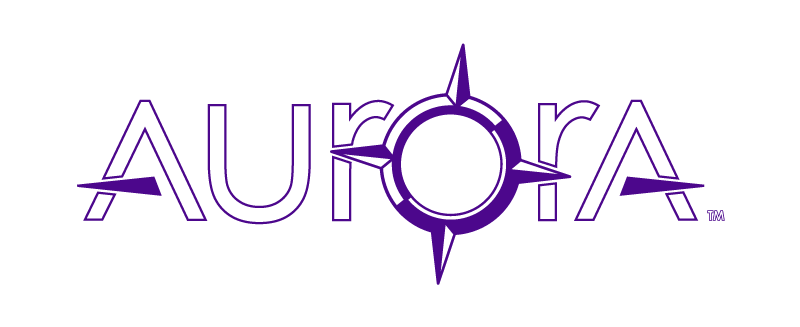
Don't let pain get in the way of enjoying your favorite activities.
UNDERSTANDING BACK PAIN
Chronic back pain is something many people live with each day. Pain can make simple routines seem impossible and can have a substantial impact on everyday life. Bone strength, muscle elasticity, and tone tend to decrease with age, causing the vertebral discs to lose fluid and flexibility, which reduces their ability to cushion the vertebrae. If the spine becomes overly strained or compressed, a disc may bulge outward or rupture, causing pressure on one of the more than 50 nerves rooted to the spinal cord, which results in increased and often severe back pain.
Spinal Stenosis
Lumbar Spinal Stenosis (LSS) it’s the spinal column narrowing that causes pressure on the spinal cord or narrowing of the openings (called intervertebral foramina) where the spinal nerves exit the spinal column. Spinal stenosis usually occurs as a person ages; however, some patients are born with less room for the spinal cord. The spinal discs become more parched and begin to bulge. The bones and ligaments of the spine thicken or grow. This is caused by arthritis or long-term inflammation.
Degenerative Disc Disease
Degenerative Disc Disease (DDD) is a medical condition in which there are anatomic changes and a loss of function of varying degrees of one or more intervertebral discs of the spine of sufficient magnitude to cause symptoms. The root cause is thought to be the loss of soluble proteins within the fluid contained in the disc with a resultant reduction of the oncotic pressure, which in turn causes loss of fluid volume. Normal downward forces cause the affected disc to lose height, and the distance between vertebrae is reduced. The annulus fibrosis, the rigid outer shell of a disc, also weakens. This loss of height causes laxity of the longitudinal ligaments, which may allow anterior, posterior, or lateral shifting of the vertebral bodies, causing facet joint malalignment and arthritis; scoliosis; cervical hyperlordosis; thoracic hyperkyphosis; lumbar hyperlordosis; narrowing of the space available for the spinal tract within the vertebra; or narrowing of the space through which a spinal nerve exits inflammation and impingement of a spinal nerve, causing radiculopathy.

DID YOU KNOW THAT…
Of nearly all human beings are affected by Degenerative Disc Disease at 70-79 years old, and 90% affected by age 50
IT’S IMPORTANT TO RECOGNIZE THE SYMPTOMS
Weakness and hot, shooting pain in the arms or legs (radicular pain)
Numbness, pins and needles in one foot or leg
Pain in the lower back, buttocks or upper thighs
Difficulty to walk or stand for long periods of time
Relief when sitting down or bending forward
Isolated pain in one side of the body
If you have been diagnosed with a herniated disc, lumbar spinal stenosis, spondylolisthesis, vertebral fracture, or degenerative disc disease, then you may be a candidate for the minimally invasive zip™ Screwless Procedure.
Learn how this procedure works with this short animated illustration.










